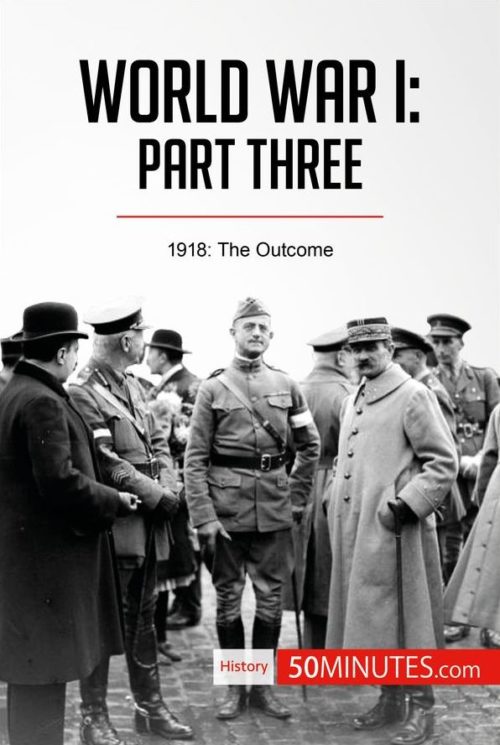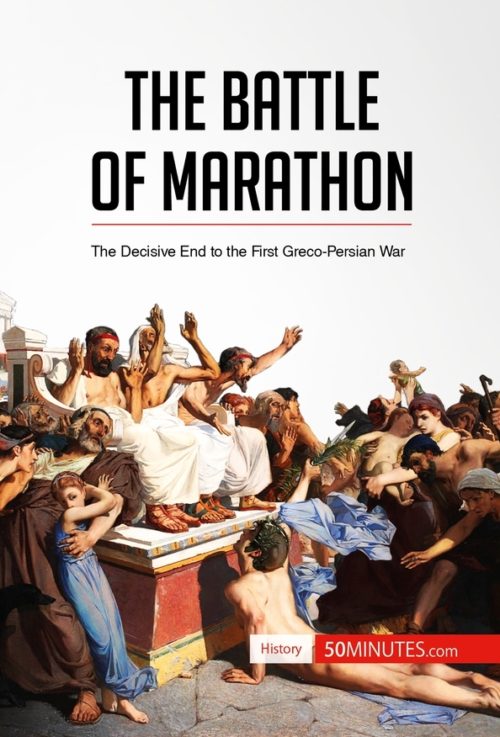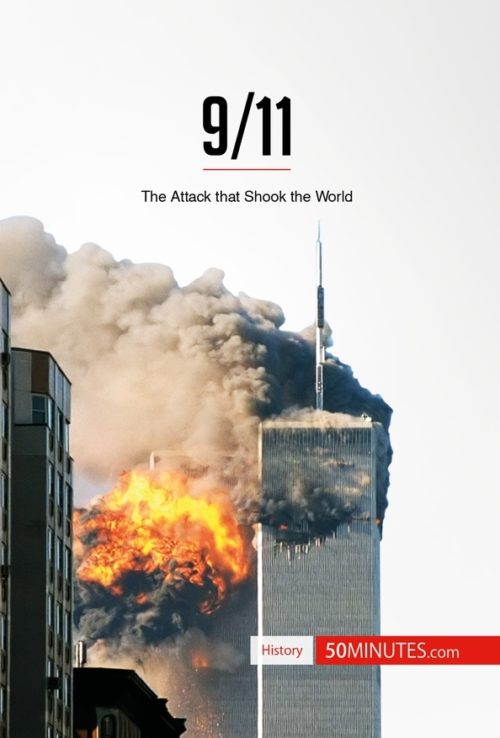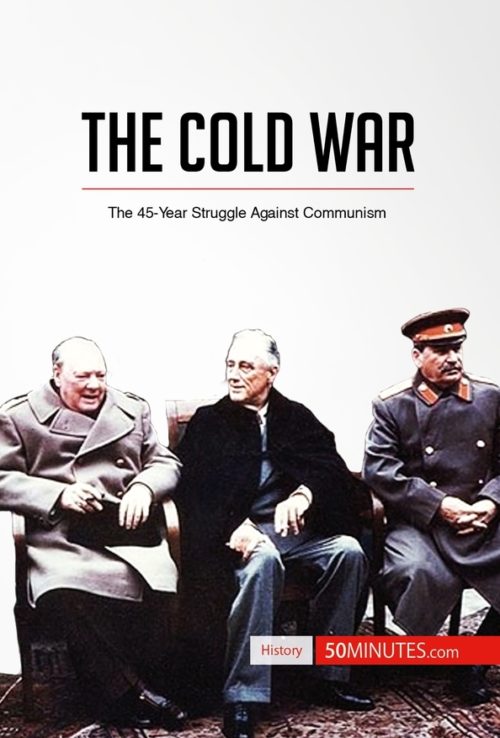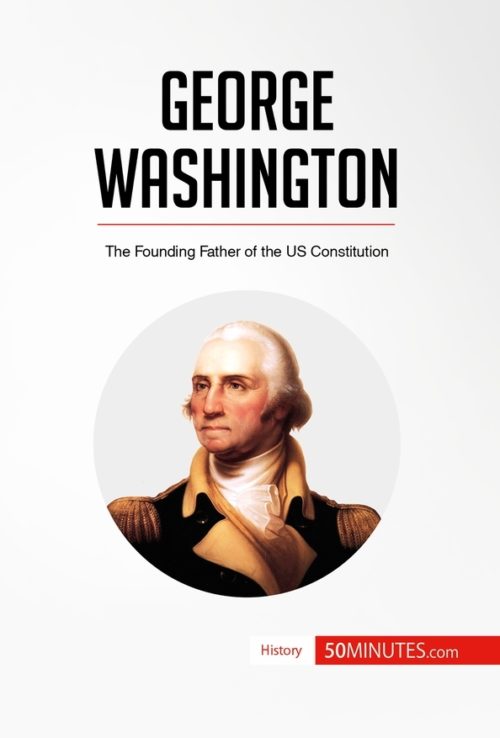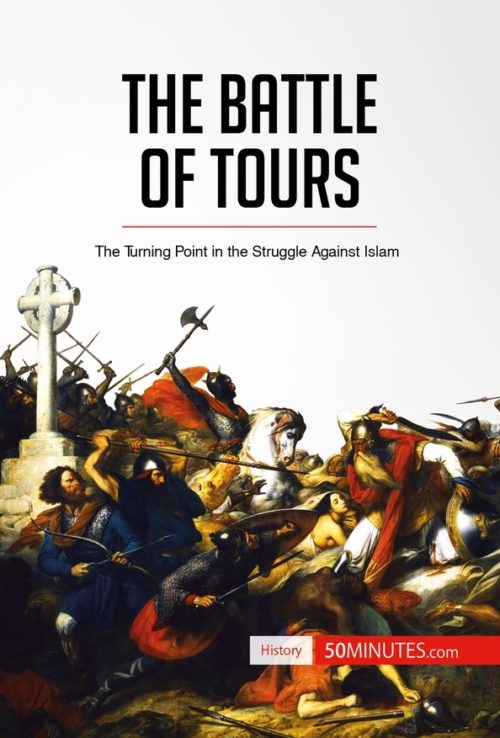The Iran-Iraq War
The Iran-Iraq War
Saddam Hussein’s Attack in the Middle East
$4.99
978280627320849EBookPlurilingua PublishingThe Iran-Iraq War, which took place between 1980 and 1988, was one of the deadliest conflicts since the Second World War. It involved two ambitious and headstrong leaders: Saddam Hussein, who wanted to make his Republic of Iraq a powerful force in the region, and Ayatollah Ruhollah Musavi Khomeini, who planned to export his Islamic Revolution beyond the borders of Iran. However, the conflict quickly reached a stalemate, and the use of chemical weapons resulted in vast human losses. In just 50 minutes, you will learn about the main phases and events of this long conflict, including Operation Ramadan, and the reaction to it, both within Iran and Iraq and abroad.
This straightforward and informative book provides a thorough discussion of the background to the Iran-Iraq War and the major ideological differences between the two countries. It also features a valuable introduction to the political and social context, biographies of the main commanders and leaders and an evaluation of the war's outcome, giving you all the essential information about this deadly conflict in the Persian Gulf.
About the Iran-Iraq War
The Iran-Iraq War was a struggle for dominance in the Persian Gulf between Iran and Iraq, as both countries wanted to expand their influence in the region. Although Saddam Hussein, the President of Iraq, expected to overcome the Iranian forces quickly, the conflict soon reached a stalemate, and almost eight years of deadly fighting followed. In spite of his use of chemical weapons, which shocked the West, the conflict ended in 1988 with no major territorial gains for either side.
This clear and accessible 49-page book is structured as follows:
Introduction to the Iran-Iraq War
Political and social context
The Arab river
An ideological powder keg
Becoming the leading power in the Gulf
Commanders and leaders
Ruhollah Musavi Khomeini, Supreme Leader of the Islamic Republic of Iran
Saddam Hussein, President of Iraq
Analysis of the Iran-Iraq War
Phase 1: a lightning war (September 1980-winter 1981)
Phase 2: the dead end (April 1981-March 1982)
Phase 3: response and stubbornness (March 1982-June 1982)
Phase 4: failure of Operation Ramadan (July 1982-March 1984)
Phase 5: oil in sight (April 1984-January 1986)
Phase 6: the West to the rescue of Iraq (February 1986-January 1988)
Phase 7: the use of chemical weapons (February-June 1988)
Phase 8: the end of the fighting (summer 1988)
A very controversial war
Impact of the Iran-Iraq War
Two consolidated regimes
The time for questioning
Summary
The Iran-Iraq War, which took place between 1980 and 1988, was one of the deadliest conflicts since the Second World War. It involved two ambitious and headstrong leaders: Saddam Hussein, who wanted to make his Republic of Iraq a powerful force in the region, and Ayatollah Ruhollah Musavi Khomeini, who planned to export his Islamic Revolution beyond the borders of Iran. However, the conflict quickly reached a stalemate, and the use of chemical weapons resulted in vast human losses. In just 50 minutes, you will learn about the main phases and events of this long conflict, including Operation Ramadan, and the reaction to it, both within Iran and Iraq and abroad.
This straightforward and informative book provides a thorough discussion of the background to the Iran-Iraq War and the major ideological differences between the two countries. It also features a valuable introduction to the political and social context, biographies of the main commanders and leaders and an evaluation of the war's outcome, giving you all the essential information about this deadly conflict in the Persian Gulf.
About the Iran-Iraq War
The Iran-Iraq War was a struggle for dominance in the Persian Gulf between Iran and Iraq, as both countries wanted to expand their influence in the region. Although Saddam Hussein, the President of Iraq, expected to overcome the Iranian forces quickly, the conflict soon reached a stalemate, and almost eight years of deadly fighting followed. In spite of his use of chemical weapons, which shocked the West, the conflict ended in 1988 with no major territorial gains for either side.
This clear and accessible 49-page book is structured as follows:
Introduction to the Iran-Iraq War
Political and social context
The Arab river
An ideological powder keg
Becoming the leading power in the Gulf
Commanders and leaders
Ruhollah Musavi Khomeini, Supreme Leader of the Islamic Republic of Iran
Saddam Hussein, President of Iraq
Analysis of the Iran-Iraq War
Phase 1: a lightning war (September 1980-winter 1981)
Phase 2: the dead end (April 1981-March 1982)
Phase 3: response and stubbornness (March 1982-June 1982)
Phase 4: failure of Operation Ramadan (July 1982-March 1984)
Phase 5: oil in sight (April 1984-January 1986)
Phase 6: the West to the rescue of Iraq (February 1986-January 1988)
Phase 7: the use of chemical weapons (February-June 1988)
Phase 8: the end of the fighting (summer 1988)
A very controversial war
Impact of the Iran-Iraq War
Two consolidated regimes
The time for questioning
Summary
application/pdf1 20th century, expansion, ideological conflict, invasion, Iran, Iran-Iraq War, Iraq, Persian Gulf, Saddam Hussein, USA, war
DOWNLOAD THIS BOOK
The Iran-Iraq War, which took place between 1980 and 1988, was one of the deadliest conflicts since the Second World War. It involved two ambitious and headstrong leaders: Saddam Hussein, who wanted to make his Republic of Iraq a powerful force in the region, and Ayatollah Ruhollah Musavi Khomeini, who planned to export his Islamic Revolution beyond the borders of Iran....
Read more
The Iran-Iraq War, which took place between 1980 and 1988, was one of the deadliest conflicts since the Second World War. It involved two ambitious and headstrong leaders: Saddam Hussein, who wanted to make his Republic of Iraq a powerful force in the region, and Ayatollah Ruhollah Musavi Khomeini, who planned to export his Islamic Revolution beyond the borders of Iran. However, the conflict quickly reached a stalemate, and the use of chemical weapons resulted in vast human losses. In just 50 minutes, you will learn about the main phases and events of this long conflict, including Operation Ramadan, and the reaction to it, both within Iran and Iraq and abroad.
This straightforward and informative book provides a thorough discussion of the background to the Iran-Iraq War and the major ideological differences between the two countries. It also features a valuable introduction to the political and social context, biographies of the main commanders and leaders and an evaluation of the war’s outcome, giving you all the essential information about this deadly conflict in the Persian Gulf.
About the Iran-Iraq War
The Iran-Iraq War was a struggle for dominance in the Persian Gulf between Iran and Iraq, as both countries wanted to expand their influence in the region. Although Saddam Hussein, the President of Iraq, expected to overcome the Iranian forces quickly, the conflict soon reached a stalemate, and almost eight years of deadly fighting followed. In spite of his use of chemical weapons, which shocked the West, the conflict ended in 1988 with no major territorial gains for either side.
This clear and accessible 49-page book is structured as follows:
- Introduction to the Iran-Iraq War
- Political and social context
- The Arab river
- An ideological powder keg
- Becoming the leading power in the Gulf
- Commanders and leaders
- Ruhollah Musavi Khomeini, Supreme Leader of the Islamic Republic of Iran
- Saddam Hussein, President of Iraq
- Analysis of the Iran-Iraq War
- Phase 1: a lightning war (September 1980-winter 1981)
- Phase 2: the dead end (April 1981-March 1982)
- Phase 3: response and stubbornness (March 1982-June 1982)
- Phase 4: failure of Operation Ramadan (July 1982-March 1984)
- Phase 5: oil in sight (April 1984-January 1986)
- Phase 6: the West to the rescue of Iraq (February 1986-January 1988)
- Phase 7: the use of chemical weapons (February-June 1988)
- Phase 8: the end of the fighting (summer 1988)
- A very controversial war
- Impact of the Iran-Iraq War
- Two consolidated regimes
- The time for questioning
- Summary

